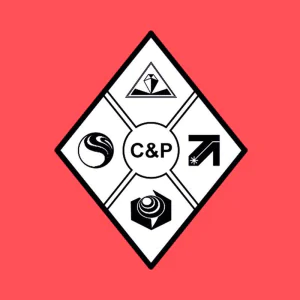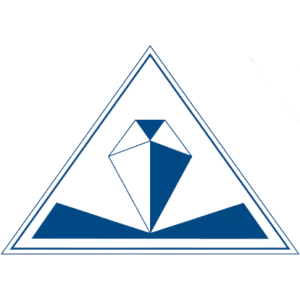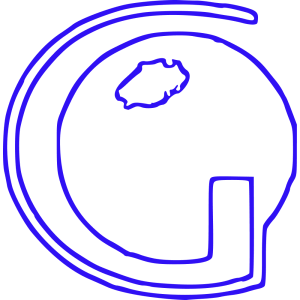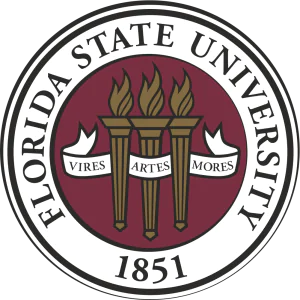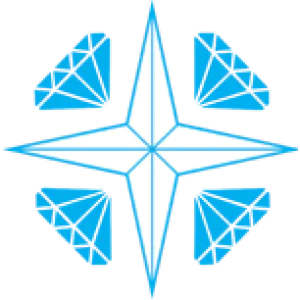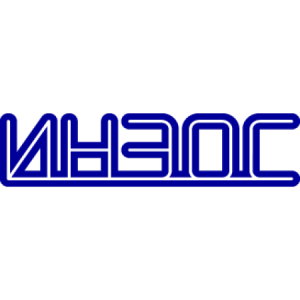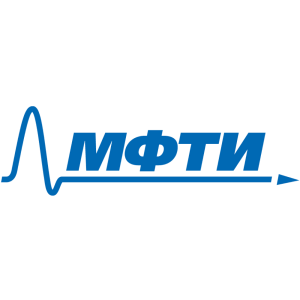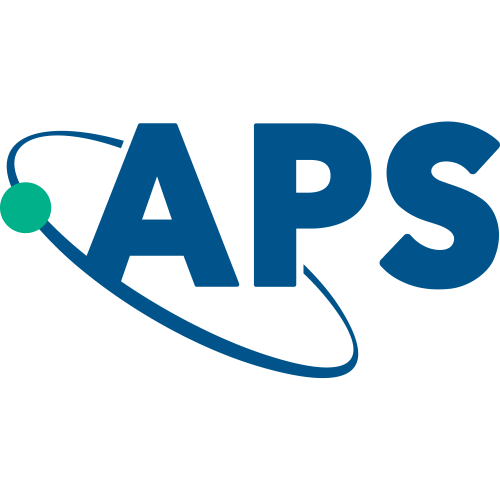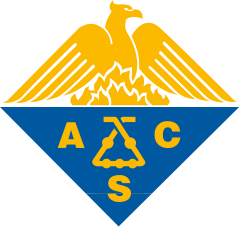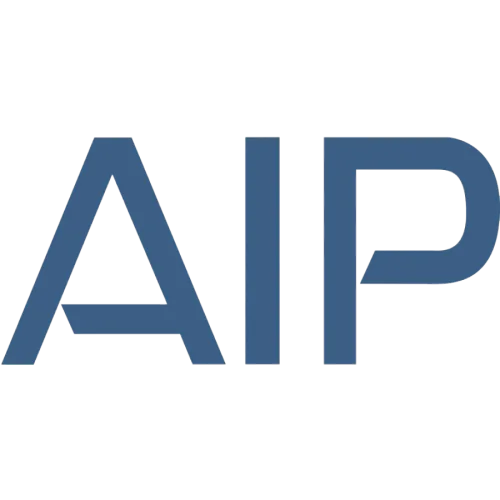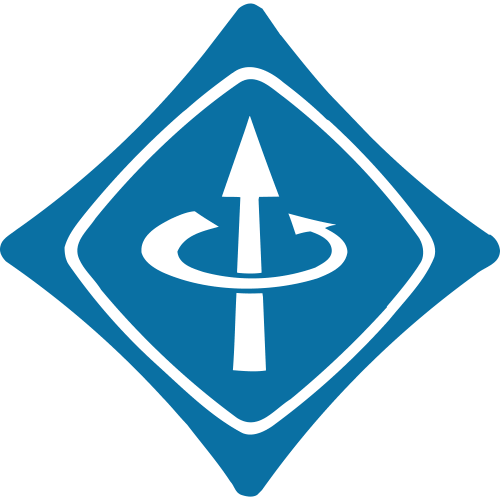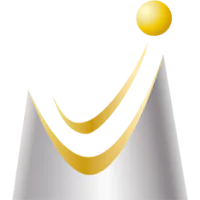Effect of Magnetic Impurities on Superconductivity in LaH 10
Polyhydrides are a novel class of superconducting materials with extremely high critical parameters, which is very promising for sensor applications. On the other hand, a complete experimental study of the best so far known superconductor, lanthanum superhydride LaH10, encounters a serious complication because of the large upper critical magnetic field HC2(0), exceeding 120–160 T. It is found that partial replacement of La atoms by magnetic Nd atoms results in significant suppression of superconductivity in LaH10: each at% of Nd causes a decrease in TC by 10–11 K, helping to control the critical parameters of this compound. Strong pulsed magnetic fields up to 68 T are used to study the Hall effect, magnetoresistance, and the magnetic phase diagram of ternary metal polyhydrides for the first time. Surprisingly, (La,Nd)H10 demonstrates completely linear HC2(T) ∝ |T – TC|, which calls into question the applicability of the Werthamer–Helfand–Hohenberg model for polyhydrides. The suppression of superconductivity in LaH10 by magnetic Nd atoms and the robustness of TC with respect to nonmagnetic impurities (e.g., Y, Al, C) under Anderson's theorem gives new experimental evidence of the isotropic (s‐wave) character of conventional electron–phonon pairing in lanthanum decahydride.
Top-30
Journals
|
1
2
3
4
5
6
7
8
|
|
|
Physical Review B
8 publications, 15.69%
|
|
|
Nature Communications
3 publications, 5.88%
|
|
|
Journal of the American Chemical Society
3 publications, 5.88%
|
|
|
Advanced Functional Materials
3 publications, 5.88%
|
|
|
Symmetry
2 publications, 3.92%
|
|
|
Materials Today Physics
2 publications, 3.92%
|
|
|
Superconductor Science and Technology
2 publications, 3.92%
|
|
|
Advanced Science
2 publications, 3.92%
|
|
|
Journal of Physical Chemistry C
2 publications, 3.92%
|
|
|
JETP Letters
2 publications, 3.92%
|
|
|
National Science Review
2 publications, 3.92%
|
|
|
Matter and Radiation at Extremes
1 publication, 1.96%
|
|
|
Nature
1 publication, 1.96%
|
|
|
Condensed Matter
1 publication, 1.96%
|
|
|
Nanomaterials
1 publication, 1.96%
|
|
|
Chem
1 publication, 1.96%
|
|
|
Nano Letters
1 publication, 1.96%
|
|
|
Journal of Materials Chemistry C
1 publication, 1.96%
|
|
|
Nature Physics
1 publication, 1.96%
|
|
|
Journal of Controlled Release
1 publication, 1.96%
|
|
|
Journal of Physical Chemistry Letters
1 publication, 1.96%
|
|
|
Journal of Chemical Physics
1 publication, 1.96%
|
|
|
Physica B: Condensed Matter
1 publication, 1.96%
|
|
|
IEEE Transactions on Applied Superconductivity
1 publication, 1.96%
|
|
|
Proceedings of the National Academy of Sciences of the United States of America
1 publication, 1.96%
|
|
|
Materia Japan
1 publication, 1.96%
|
|
|
Journal of Physics Condensed Matter
1 publication, 1.96%
|
|
|
Журнал Экспериментальной и Теоретической Физики
1 publication, 1.96%
|
|
|
Materials Today Communications
1 publication, 1.96%
|
|
|
Physics of Metals and Metallography
1 publication, 1.96%
|
|
|
1
2
3
4
5
6
7
8
|
Publishers
|
1
2
3
4
5
6
7
8
|
|
|
American Physical Society (APS)
8 publications, 15.69%
|
|
|
American Chemical Society (ACS)
7 publications, 13.73%
|
|
|
Elsevier
6 publications, 11.76%
|
|
|
Wiley
6 publications, 11.76%
|
|
|
Springer Nature
5 publications, 9.8%
|
|
|
MDPI
4 publications, 7.84%
|
|
|
IOP Publishing
3 publications, 5.88%
|
|
|
Pleiades Publishing
3 publications, 5.88%
|
|
|
AIP Publishing
2 publications, 3.92%
|
|
|
Oxford University Press
2 publications, 3.92%
|
|
|
Royal Society of Chemistry (RSC)
1 publication, 1.96%
|
|
|
Institute of Electrical and Electronics Engineers (IEEE)
1 publication, 1.96%
|
|
|
Proceedings of the National Academy of Sciences (PNAS)
1 publication, 1.96%
|
|
|
Japan Institute of Metals
1 publication, 1.96%
|
|
|
The Russian Academy of Sciences
1 publication, 1.96%
|
|
|
1
2
3
4
5
6
7
8
|
- We do not take into account publications without a DOI.
- Statistics recalculated weekly.

